WA Market Wrap 20/02/24
By Richard Beck
20th February, 2024
The 23/24 WA grain harvest was over in a blink of an eye, particularly for the northern and eastern wheat belt where headers powered over the light crop, finishing in the first week of December. At the end of the season, grain stores were about half the total crop of the previous record-breaking season 22/23. The yields achieved in some of the driest areas are testament to the technology now employed by WA growers. Yield models used to predict kilograms of grain per millimeter of rainfall have had to be re-written several times with actual yields exceeding those forecast by the models. The lower local wheat production has allowed exporters to focus on the premium paying Asian markets. Prices have remained strong when compared to FOB (Free On Board) wheat from other major exporters helped by a better-quality profile to parts of the east coast where a dry finish moved protein levels upwards.
A significant percentage of the noodle planting is concentrated around the central and northern wheat belt areas which were one of the hardest hits and as a result total noodle wheat production has been well below the annual requirements for the key markets of Japan and South Korea. When this happens the premium for noodle normally widens and this year is no exception with ANW1 showing up to a $60 premium. The unknown factor here is how much the trade has carried over from the 2022/2023 season that perhaps could provide some of the shortfall?
Barley production was not as greatly impacted by the dryer than normal finish running its race prior to a tough finish. Feed barley prices rallied from June to September following the lifting of heavy sanctions on Australian barley by China. While Chinese demand did absorb significant volume from Australia, competition from Europe and weak corn pricing saw the price fall sharply as harvest commenced. Malt spreads which were also strong in the second half of 2023 arrowed as the trade became comfortable with the profile of barley crops across Australia.
Canola performed surprisingly well in the dry conditions, particularly when sown early. Following a rally in the second half of 2023 canola prices dipped sharply as harvest progressed and have continued to drift lower in the face of high stocks globally and large soybean crops in South America.
Sub-soil moisture levels are extremely low in most regions of WA coupled with recent record maximum temperatures burning off the few weeds that did germinate.
With production costs remaining high, despite some relief in fertilizer prices, growers will be cautious about the area they sow in the absence of anything short of an ideal break. Canola will be the first casualty, being most sensitive to late sowing and current price signals narrowing the margin over wheat.
In the southern areas graziers are now working the numbers of the cost of carrying mated ewes versus not mating and running them dry given the high feed prices of lupins over $500 and hay $350. Low store prices and further uncertainty surrounding live export markets may encourage growers to increase the area thy sown to crops.The east coast is largely set up for a good season in 2024 with a full moisture profile following 100mm to 200mm of rain since November. Currently growers in the east are busy trying to stay on top of weeds and buying sheep from WA.
Globally Russian wheat remains the cheapest in the world and continues to get cheaper. European prices also are following Russian values lower. The Ukrainian corridor continues to operate well, and Ukrainian wheat has become a significant competitor into Asian markets.
Global pressure weighs on grain markets
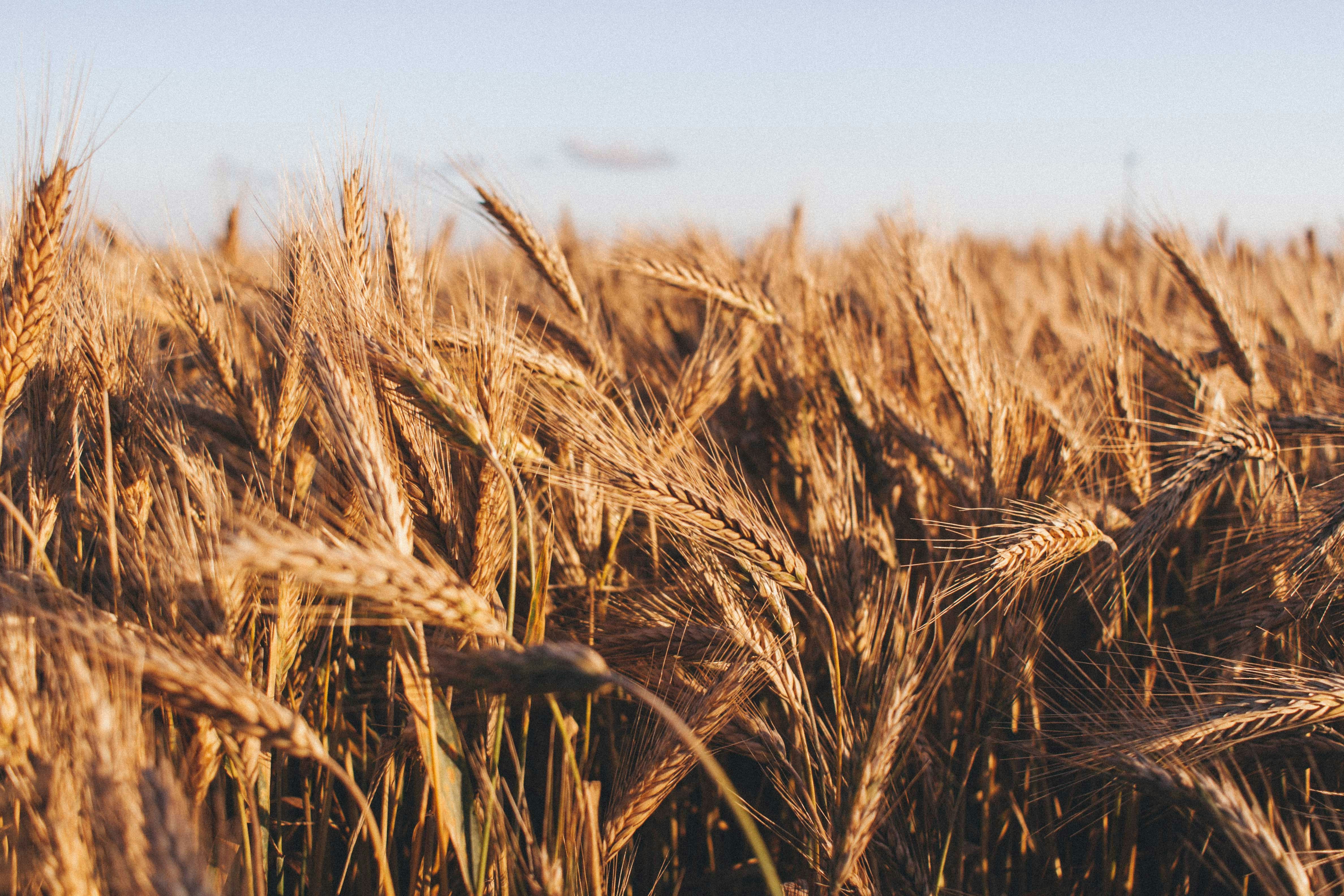
Grain Growers have been alerted to lower pricing prospects in recent times as we continue to see wheat prices dip since the start of the year. This is in line with general pressures in the grain markets caused primarily because of a massive corn crop..............
Read MoreA peek at how 2024 kicked off
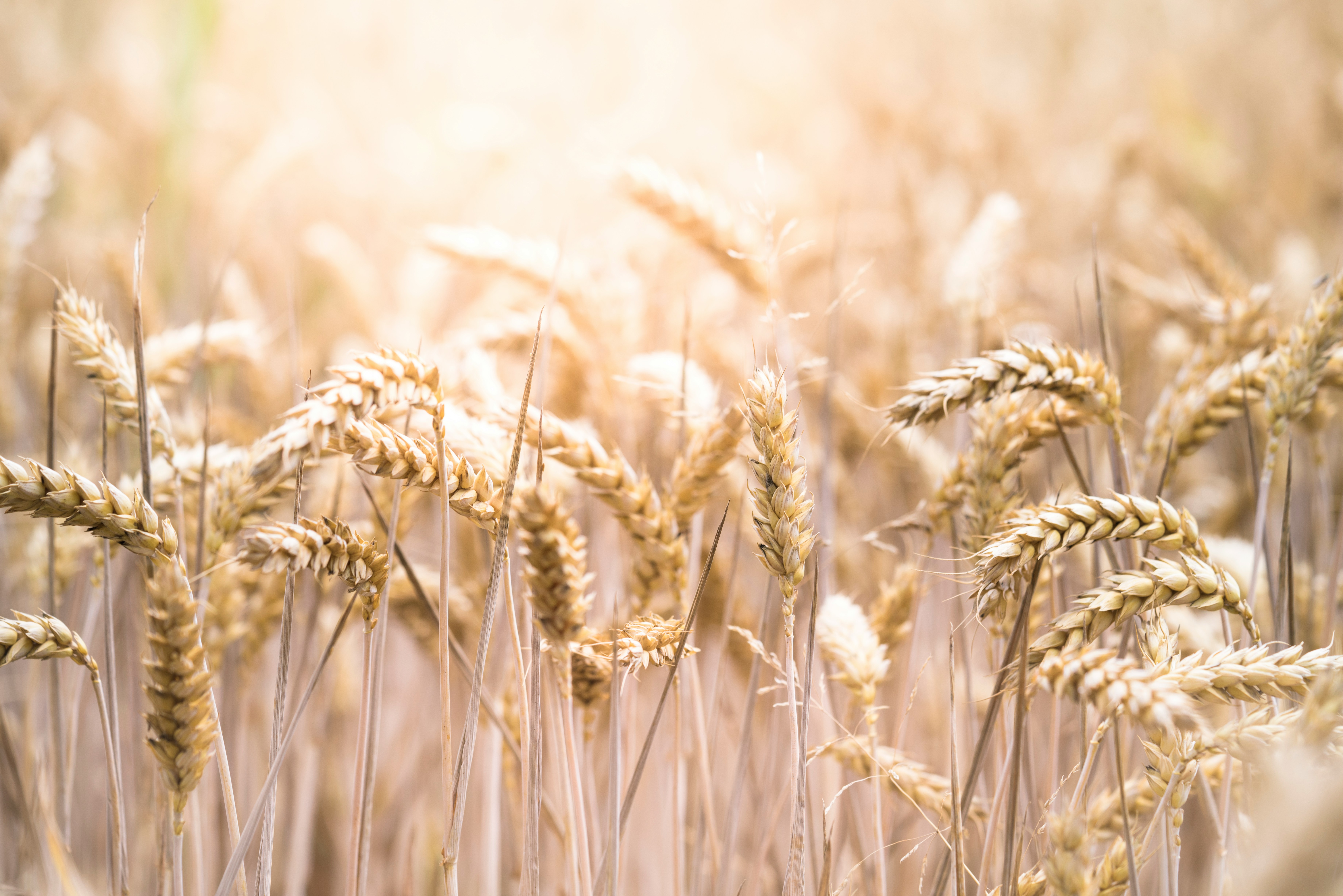
With a scorcher this week across northern NSW and Southern QLD, the possibility of yet another cyclone bringing rain to central Queensland, those famous words “Droughts and Flooding Rains”, never seem truer than the start we are having to 2024............
Read MoreSorghum Update: Growth, Challenges and Global trends.
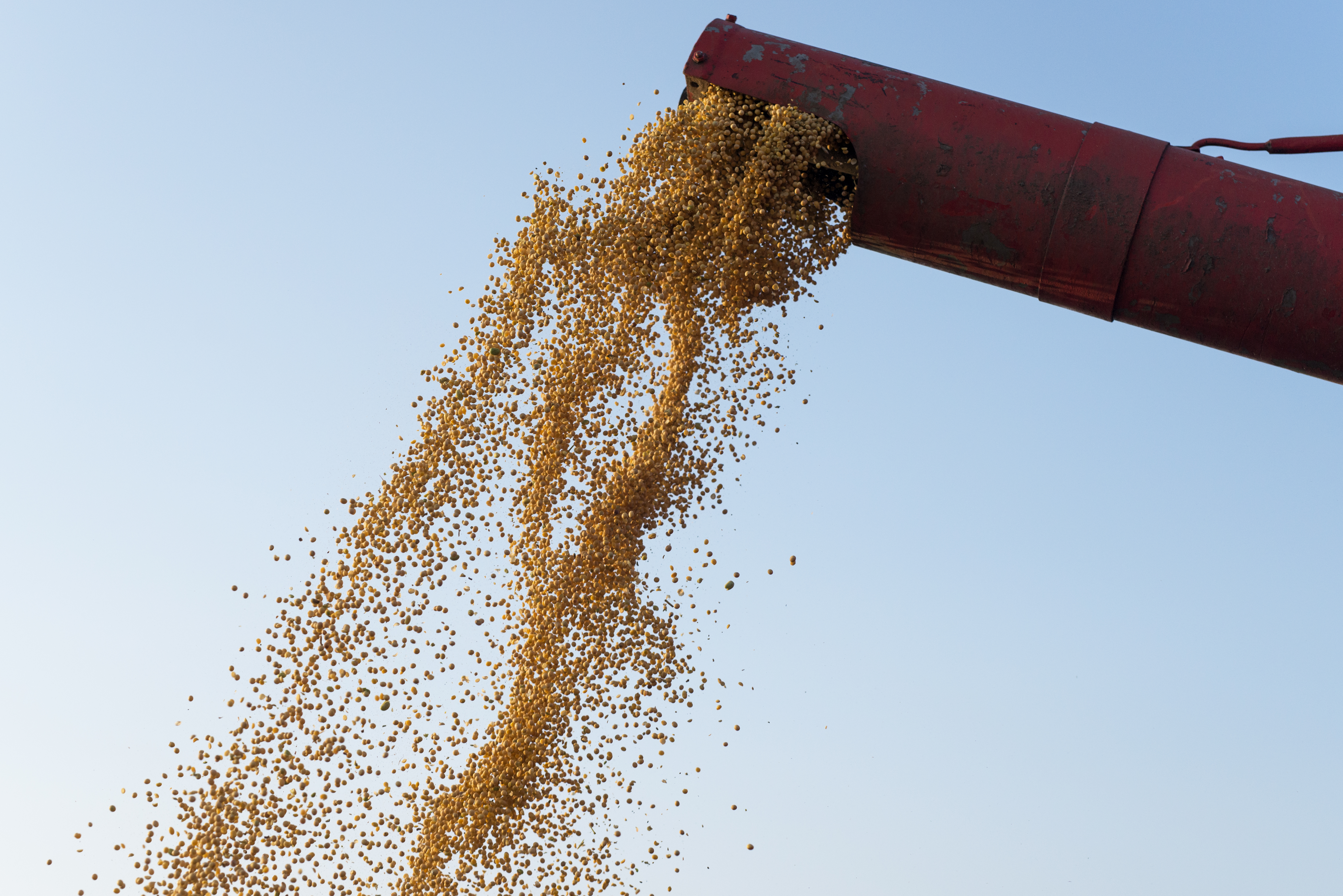
Abundant December rainfall has led to prosperous sorghum crops in the Darling Downs, with expectations of at least average yields, challenging the initial forecast of 21% decline in sorghum planted area for 2023–24 due to well-below-average soil moisture levels..........
Read MoreWheat quality holds up against widespread rain.
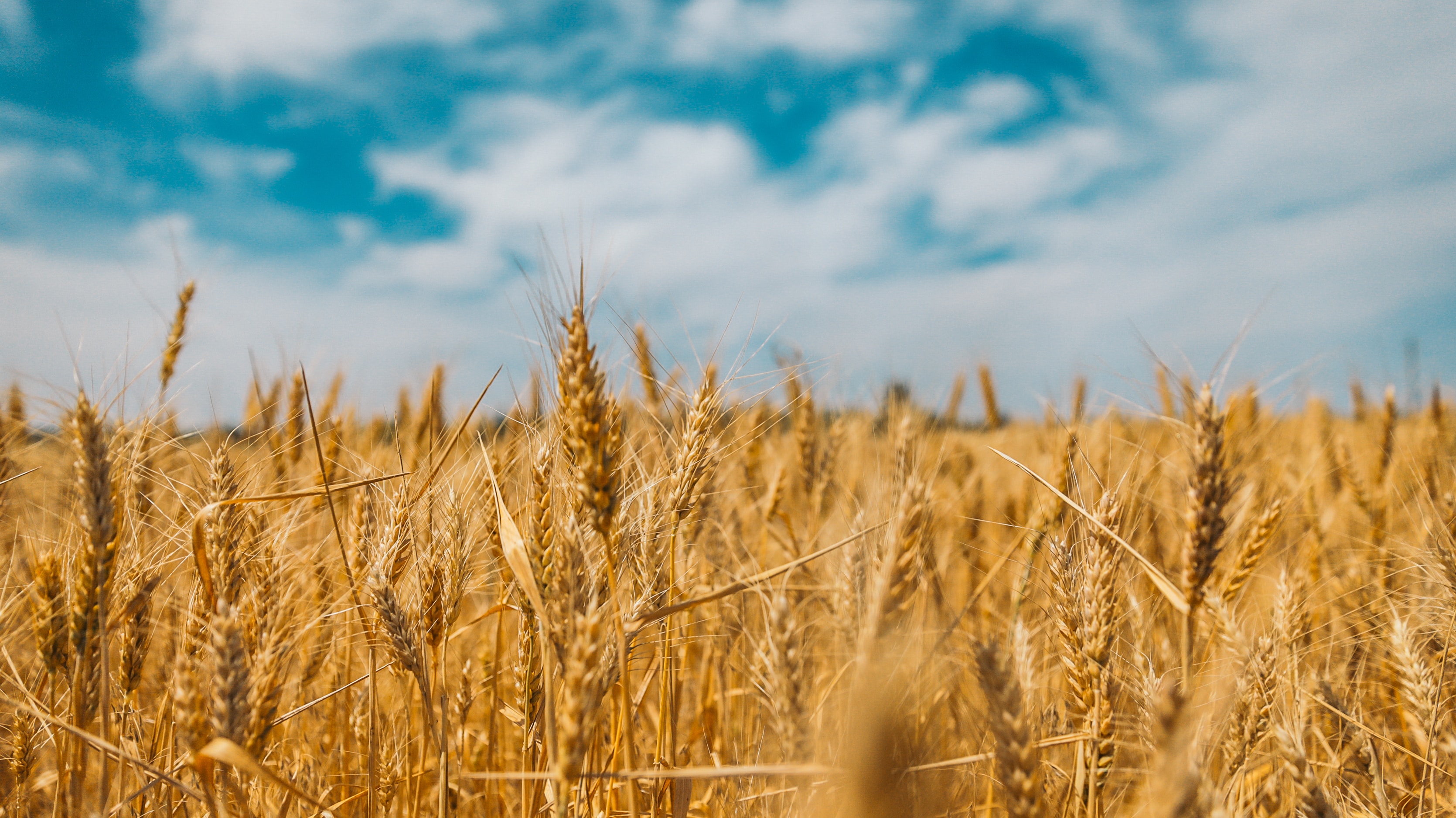
Like it or not, rainfall has been the order of the day for many parts of the country with winter crop still to harvest. Various locations through Southern New South Wales, Victoria and South Australia have received up to 200mls in the last couple of weeks........
Read MoreRain turns the tables on summer crop plantings.
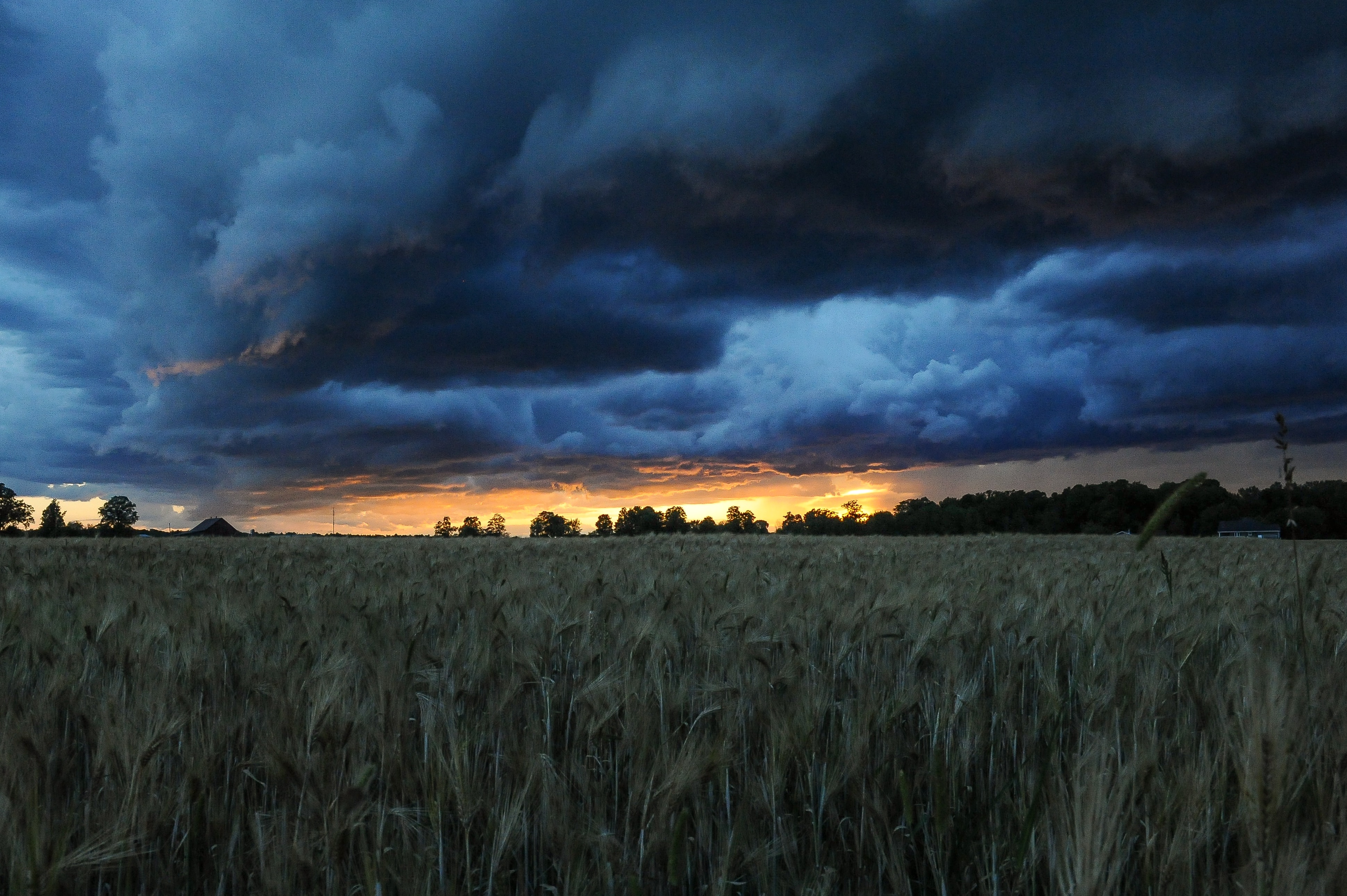
One can only hope that after the big falls across the eastern cropping belt last week, that the BOM manages to get this week’s forecast right, and growers in Southern NSW and Victoria escape any significant additional rain..........
Read MoreRain welcome in the North with Sorghum set to be sown.
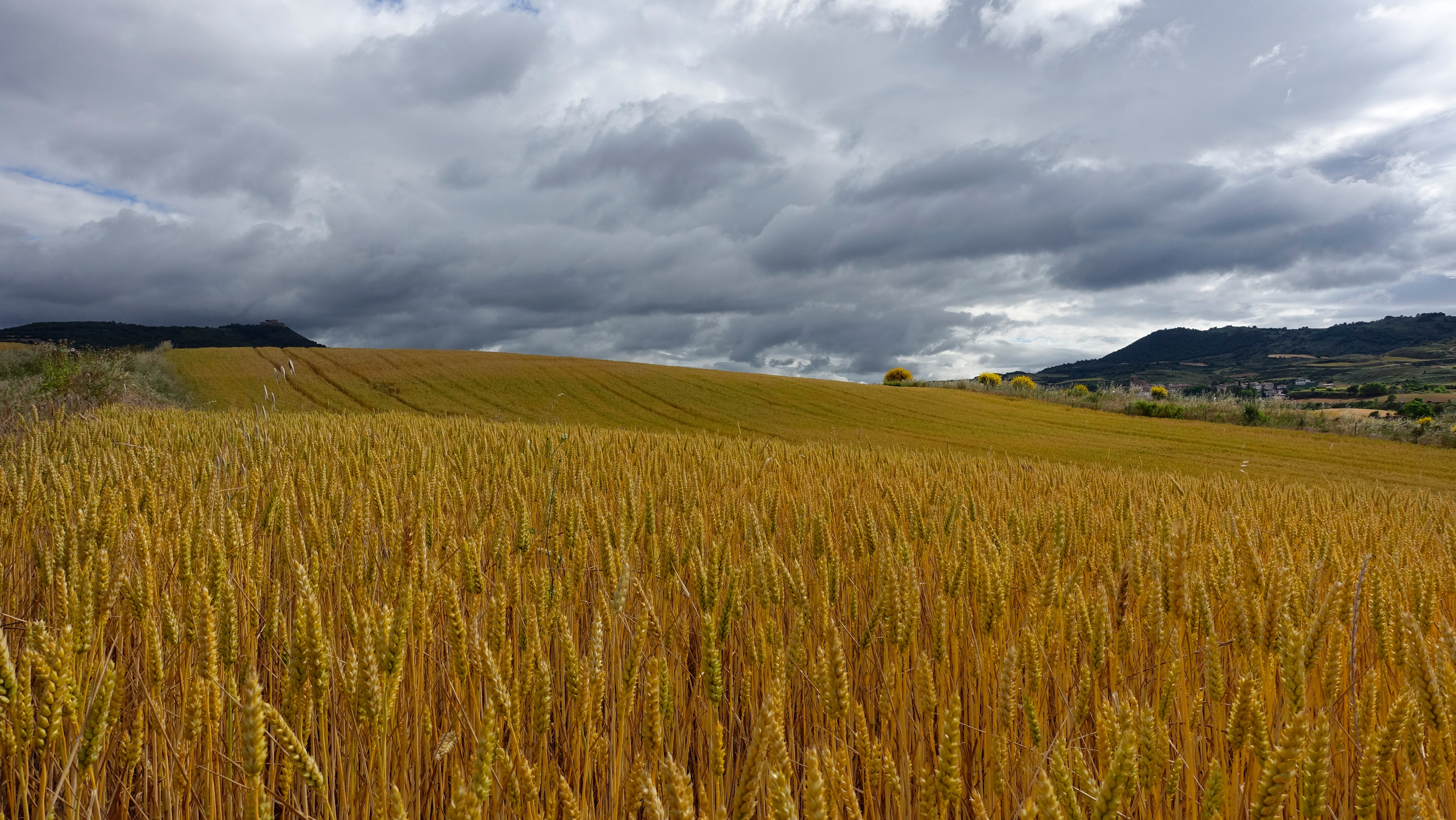
Storm conditions have provided welcome rainfall to areas of Southern Queensland and Northern New South Wales. With rainfall totals between 15-50mm in the last week and some areas receiving more than 100mm........
Read MoreHarvest progresses at record pace
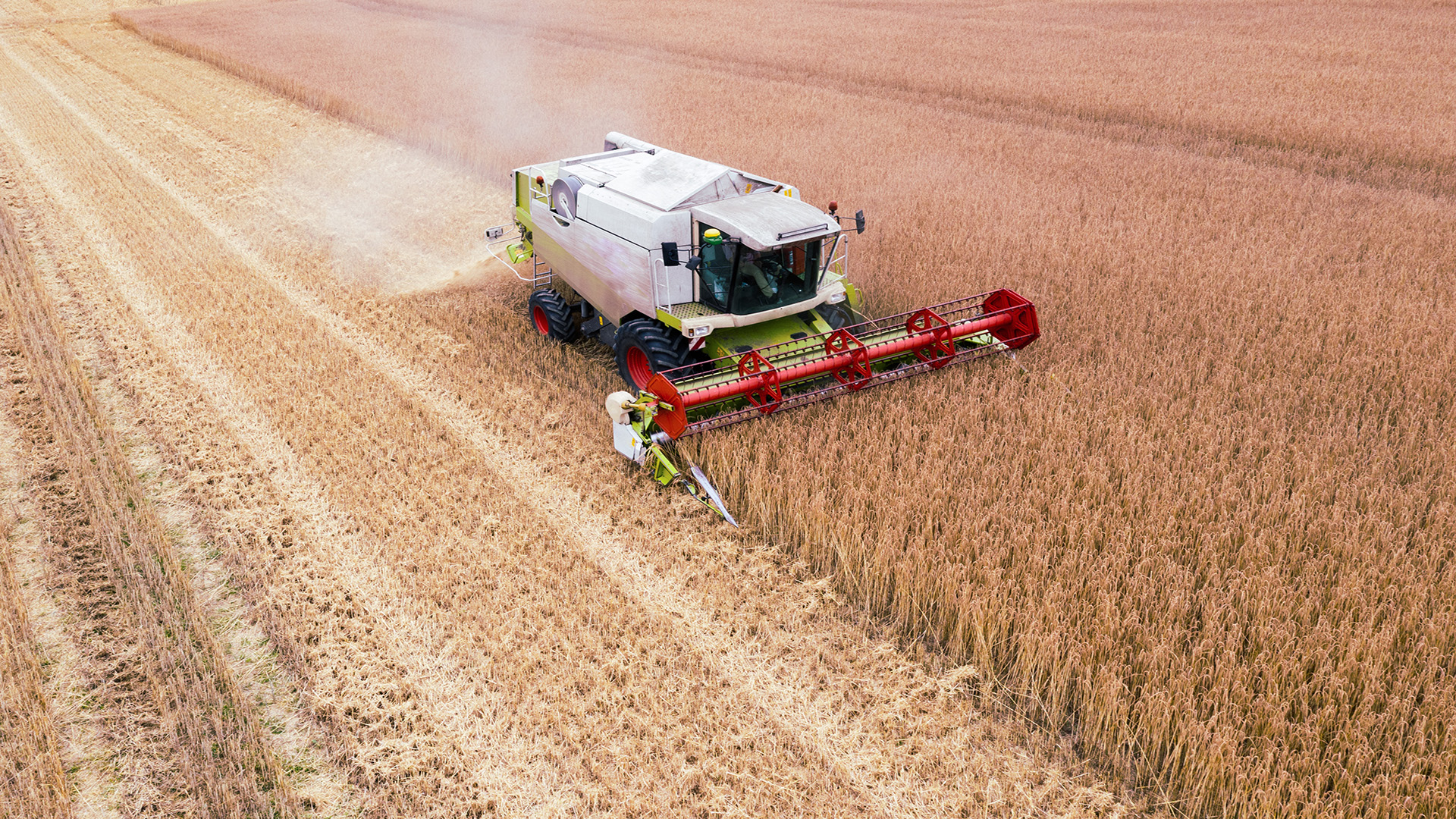
The Aussie winter crop harvest is about halfway toward completion, with plenty of grain still on the stalk in the southern parts of Western Australia, South Australia and New South Wales as well as the bulk of Victoria.......
Read MoreWA Market Wrap
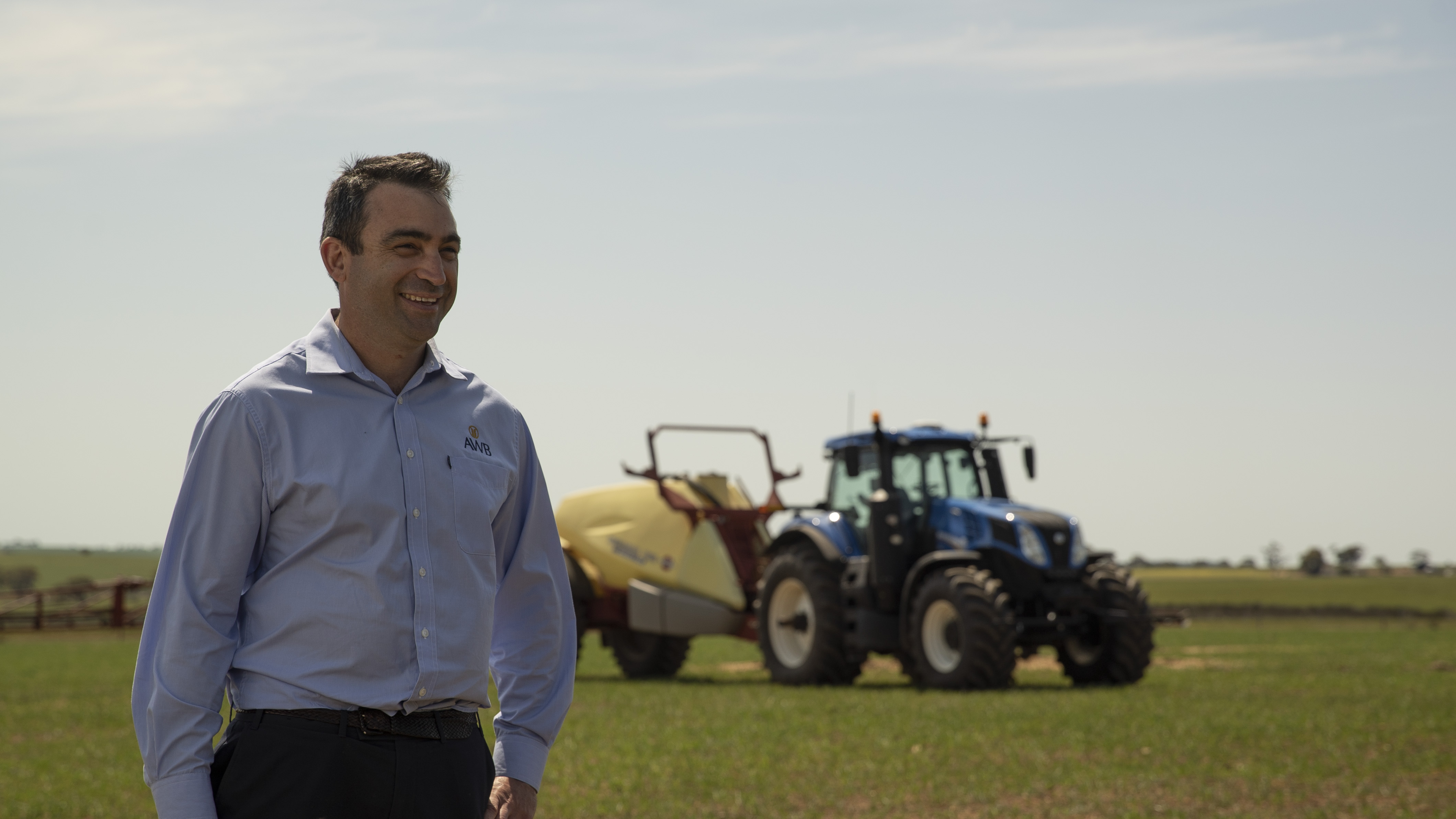
The Western Australian harvest looks like being a quick one with a lot of light crops this year. Receivals in the Geraldton zone started in mid-September and a number of growers have already finished. Production expectations were not high given the lack of summer and growing season rain in most parts of the region......
Read MoreHarvest moves South
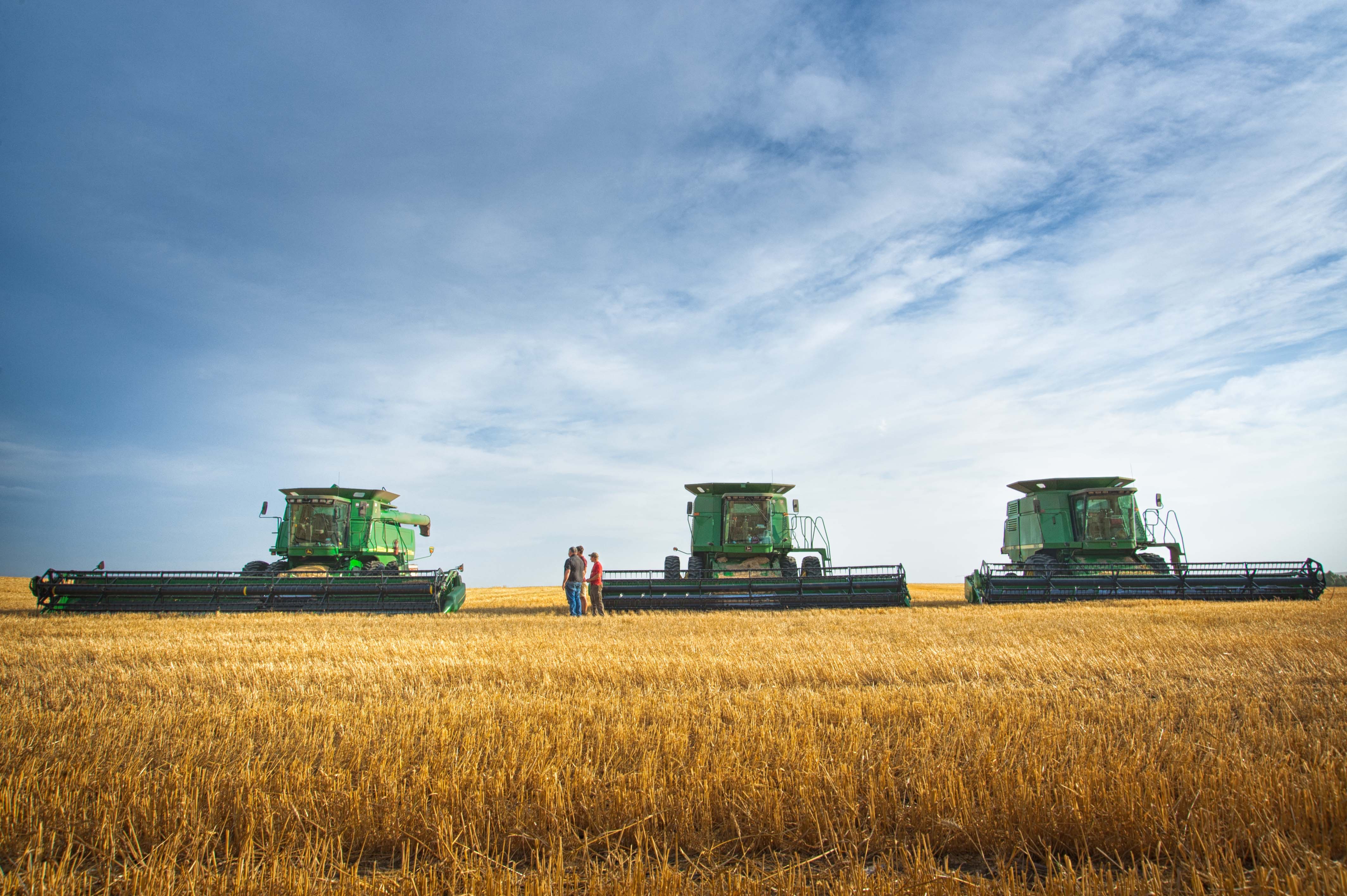
Queensland and Northern NSW have parked the headers and are done and dusted, while Central NSW is about 50% done. Southern NSW is seeing more headers in canola and barley paddocks, and we should start to see some activity in wheat paddocks sooner rather than later......
Read MoreHarvest well ahead of previous years
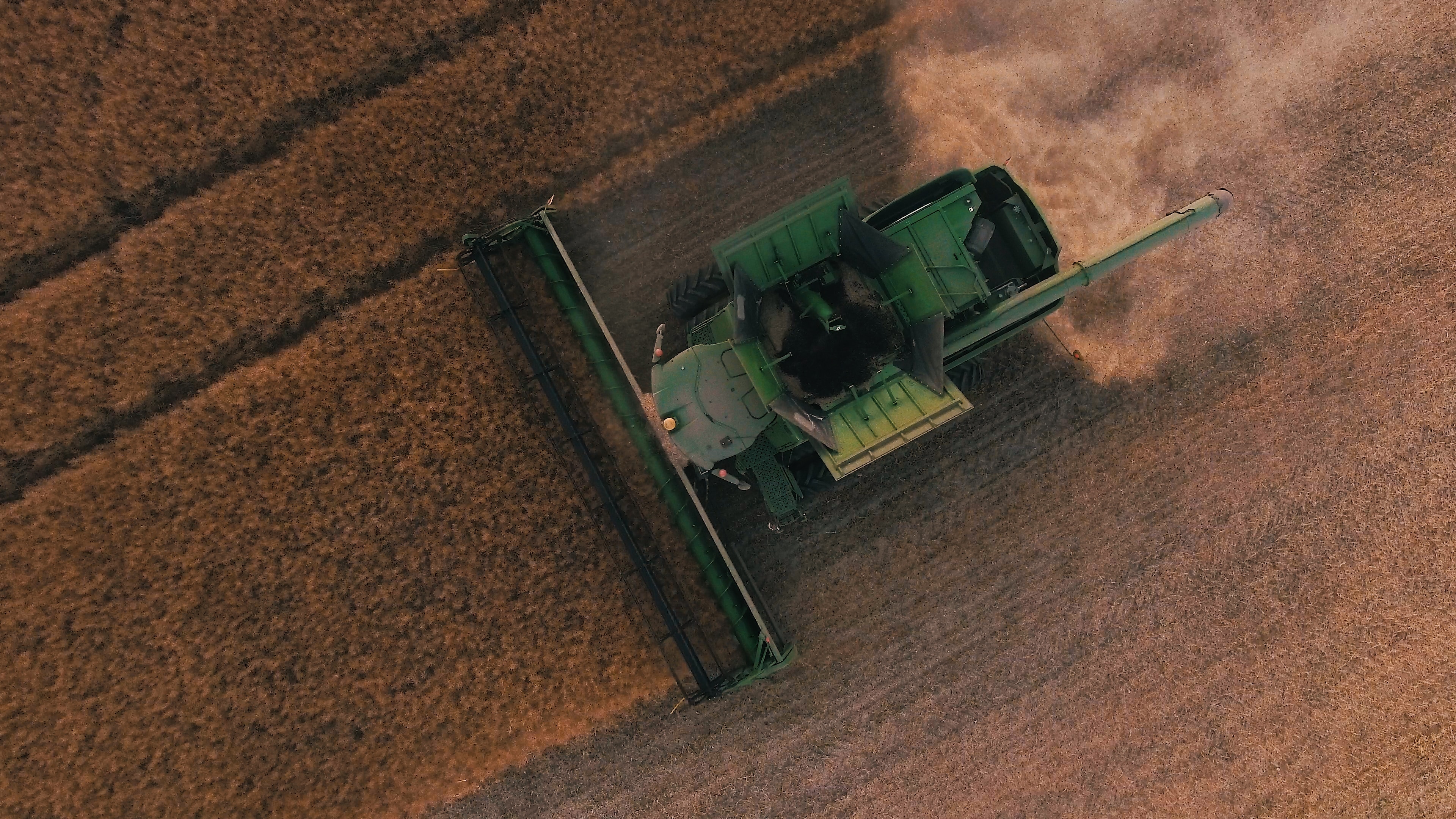
As we move further into November, harvest progresses at an incredibly rapid pace. Traditionally harvest would be 10% completed in the northern part of the Port Kembla zone by the end of the first week of November......
Read MoreAn update on harvest
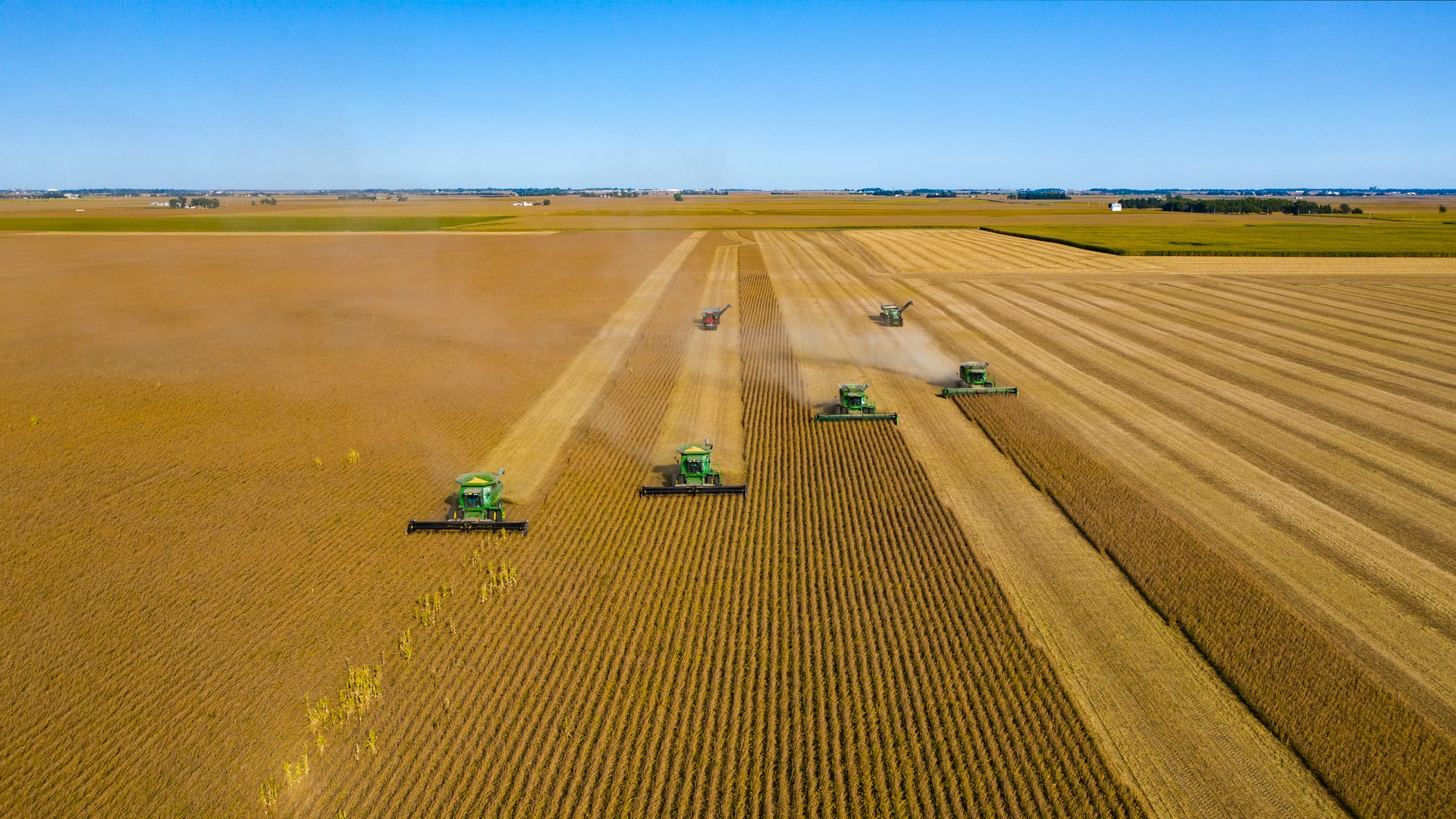
Harvest is rounding the home straight in Queensland and Northern New South Wales nearing 50-60%. Quality to date has been reflective of the seasonal conditions, with the lack of moisture contributing to grades milling around the centre of the quality chart, with ASW1/AUH2/APW1 the main grades being presented at bulk handling sites......
Read MoreDry weather hits sorghum production.
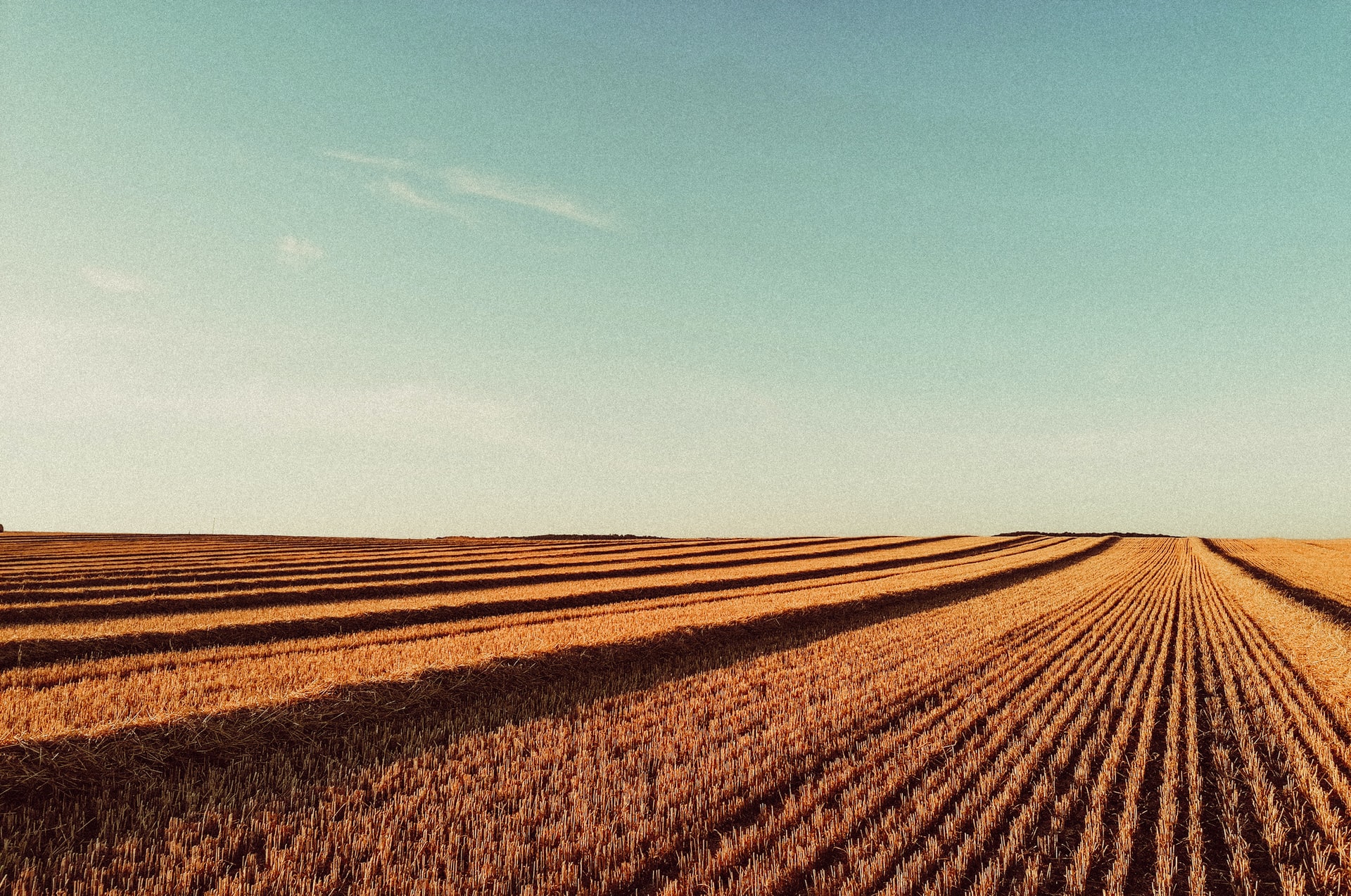
The weather in recent weeks has generally been favourable to most grain producing regions. Areas in the north have seen clear weather allowing harvest to progress at perhaps a pace faster than many would like.....
Read MoreHarvest activity increase sees prices decrease
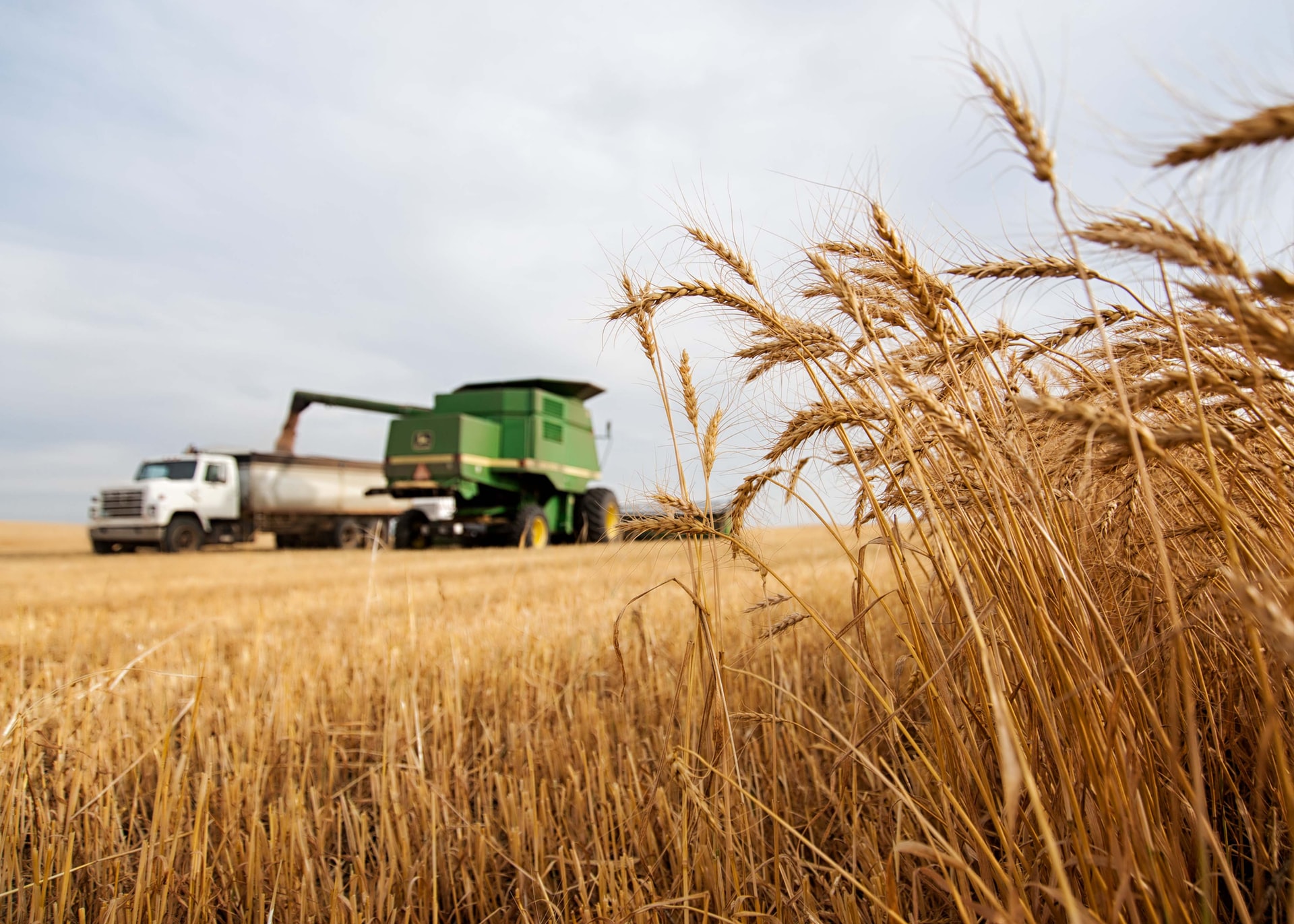
Harvest has now kicked off in most of the country’s northern cropping regions and as header activity rapidly moves south it won’t be long before we’re well and truly underway across all zones. Queensland growers are now stripping wheat as canola is making its way into receival sites as far south as the NSW Sturt Highway....
Read MoreRain makes grain
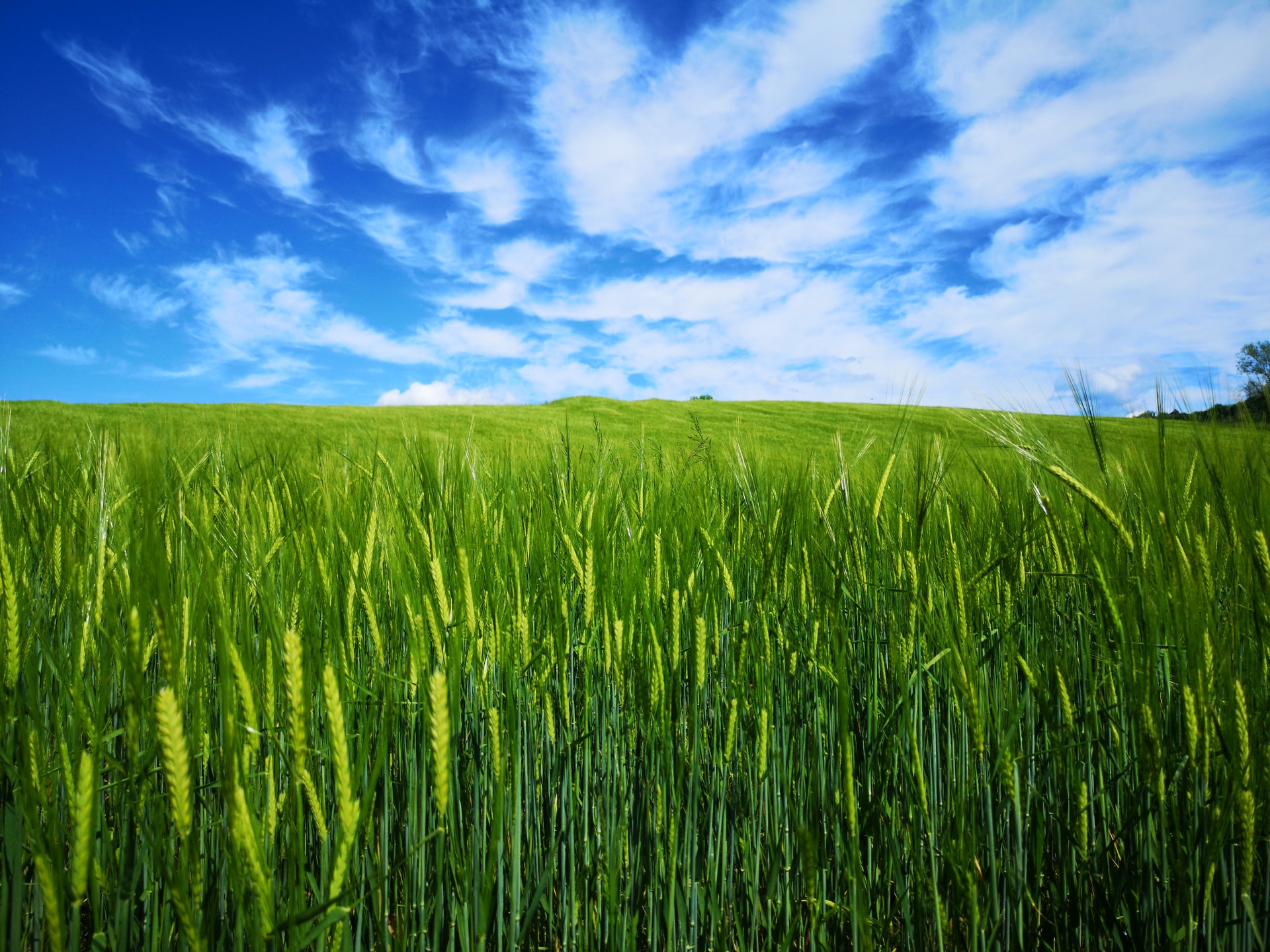
Its fair to say that a rain in spring is worth its weight in gold and last week we saw this come to fruition with reports of 15mm to 100mm+ recorded. In some regions, the rain came too late to add yield, however this one event will certainly lead to small grain size and pinched grain being a lot less common occurrence than it might have been, as crops were beginning to run out of moisture.....
Read MoreGlobal Wheat Production Estimates Lowered With Drier Outlook

Looks like September was one for the record books with what might have been the warmest and driest since records began, not to mention Collingwood tying with Essendon and Carlton with 16 grand final wins on the last day of the month....
Read MoreHow Time flies
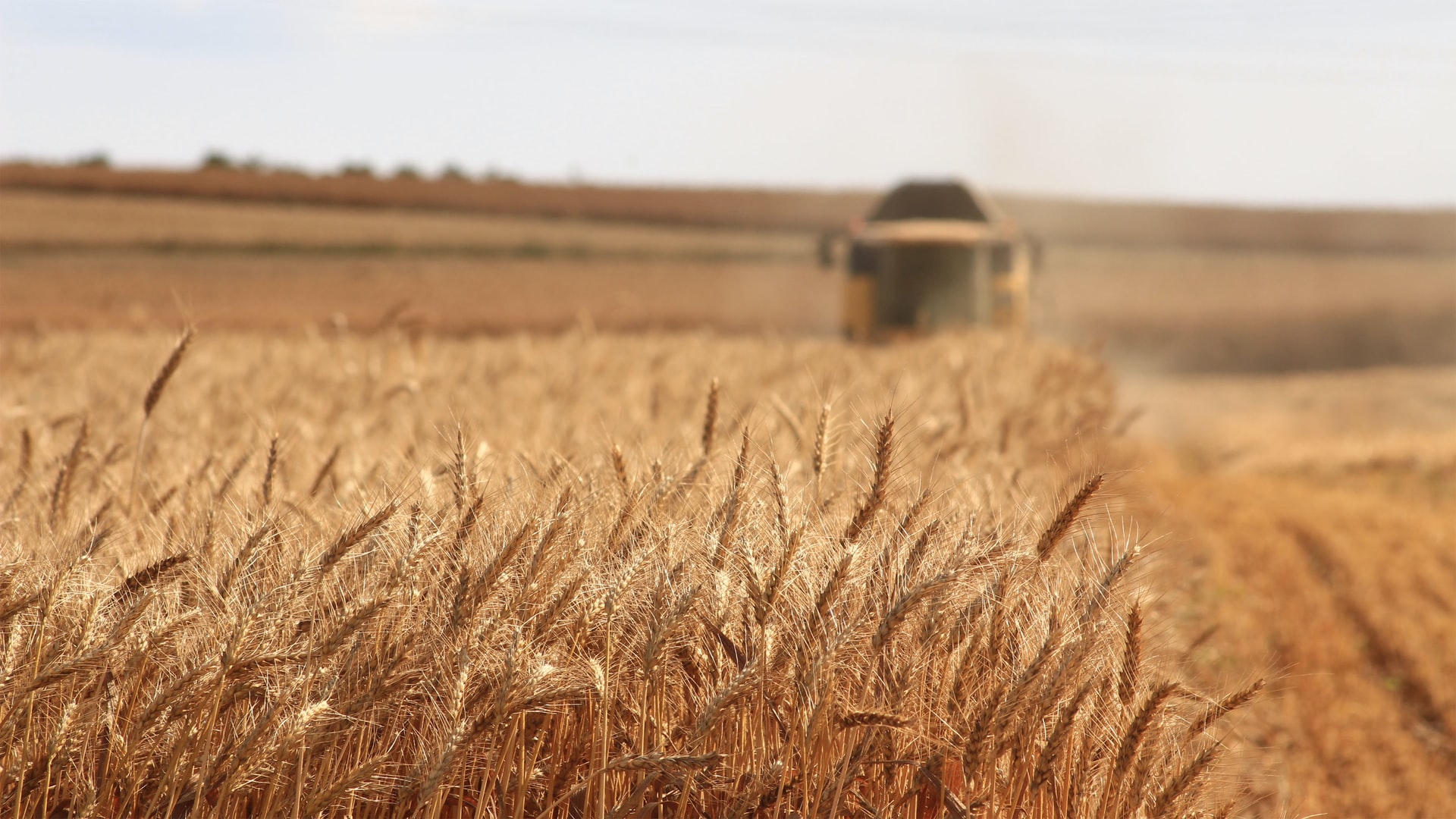
It seems like only yesterday that we were celebrating a Geelong premiership, but 12 months has flown by and its Grand Final week again. It also feels like we only just put last year’s harvest to bed, but in the blink of an eye we are back at it again....
Read More